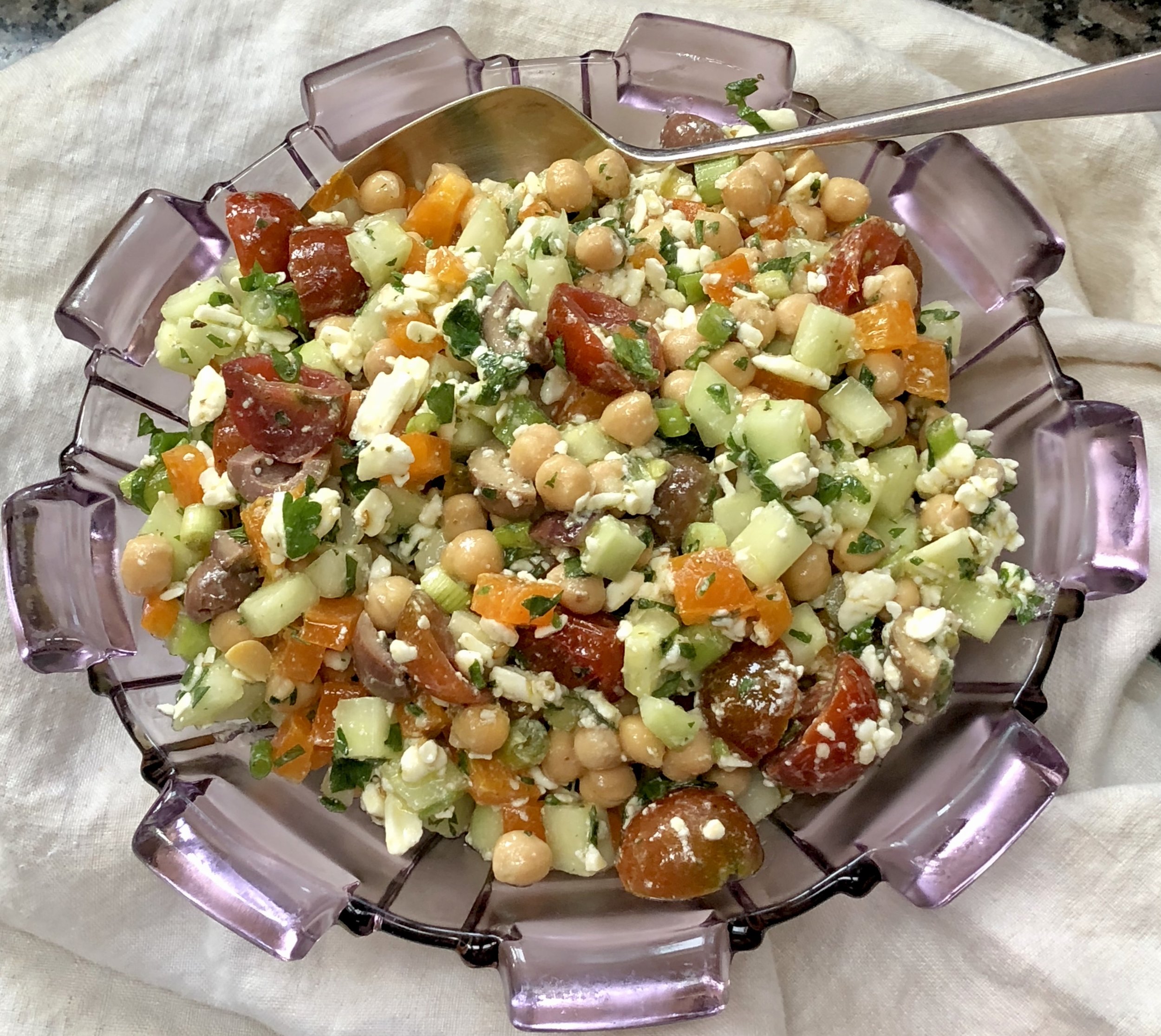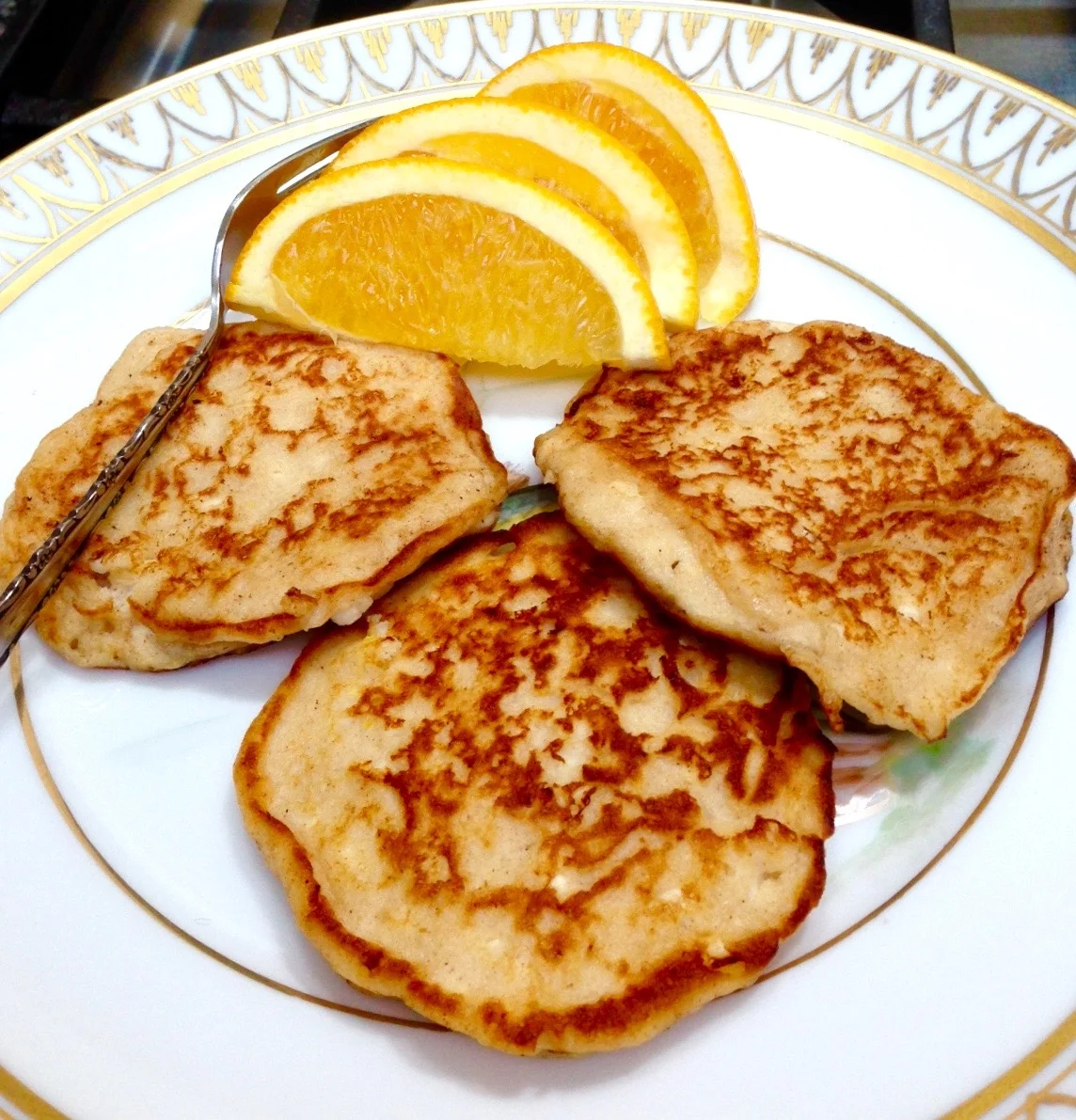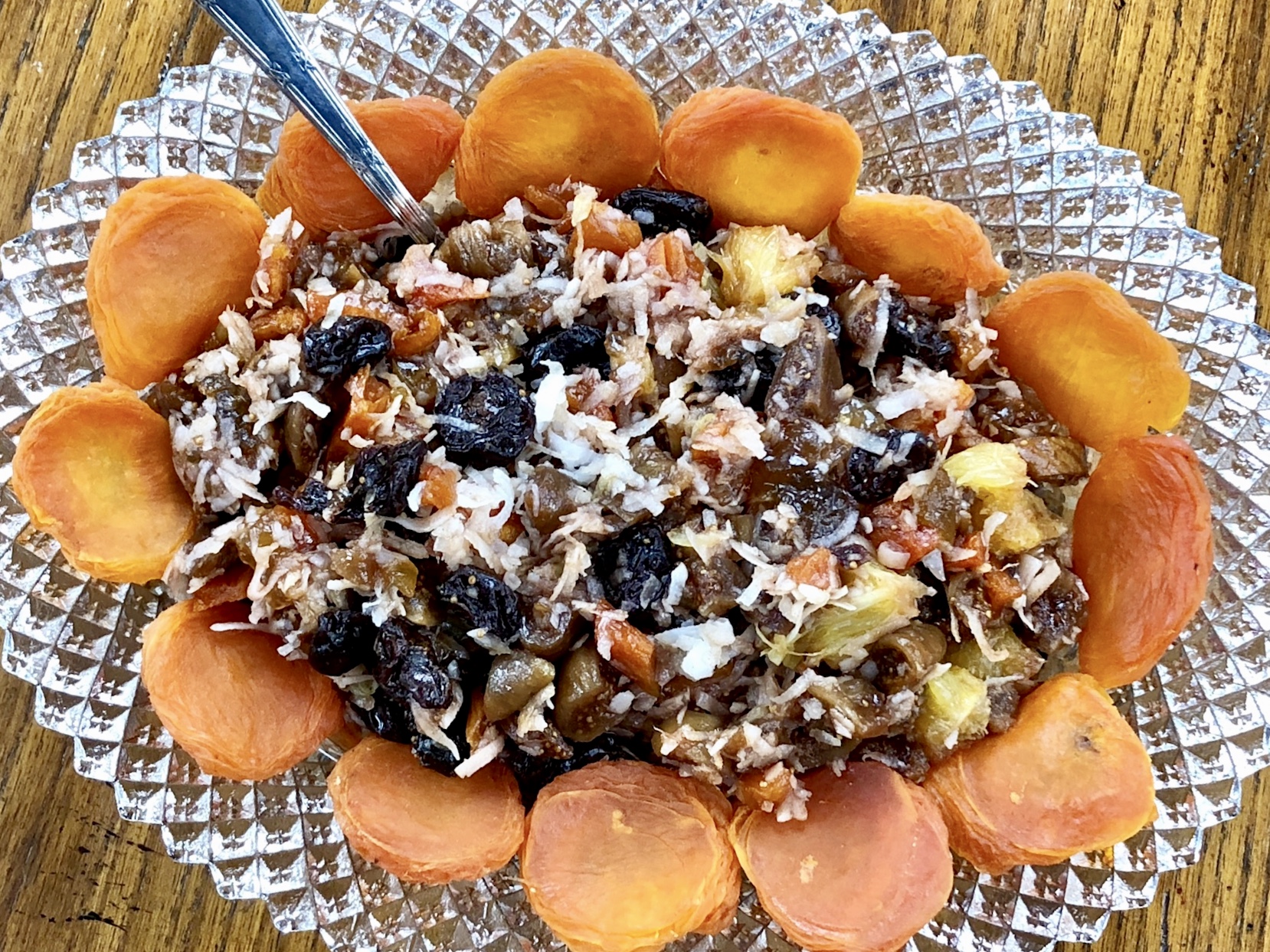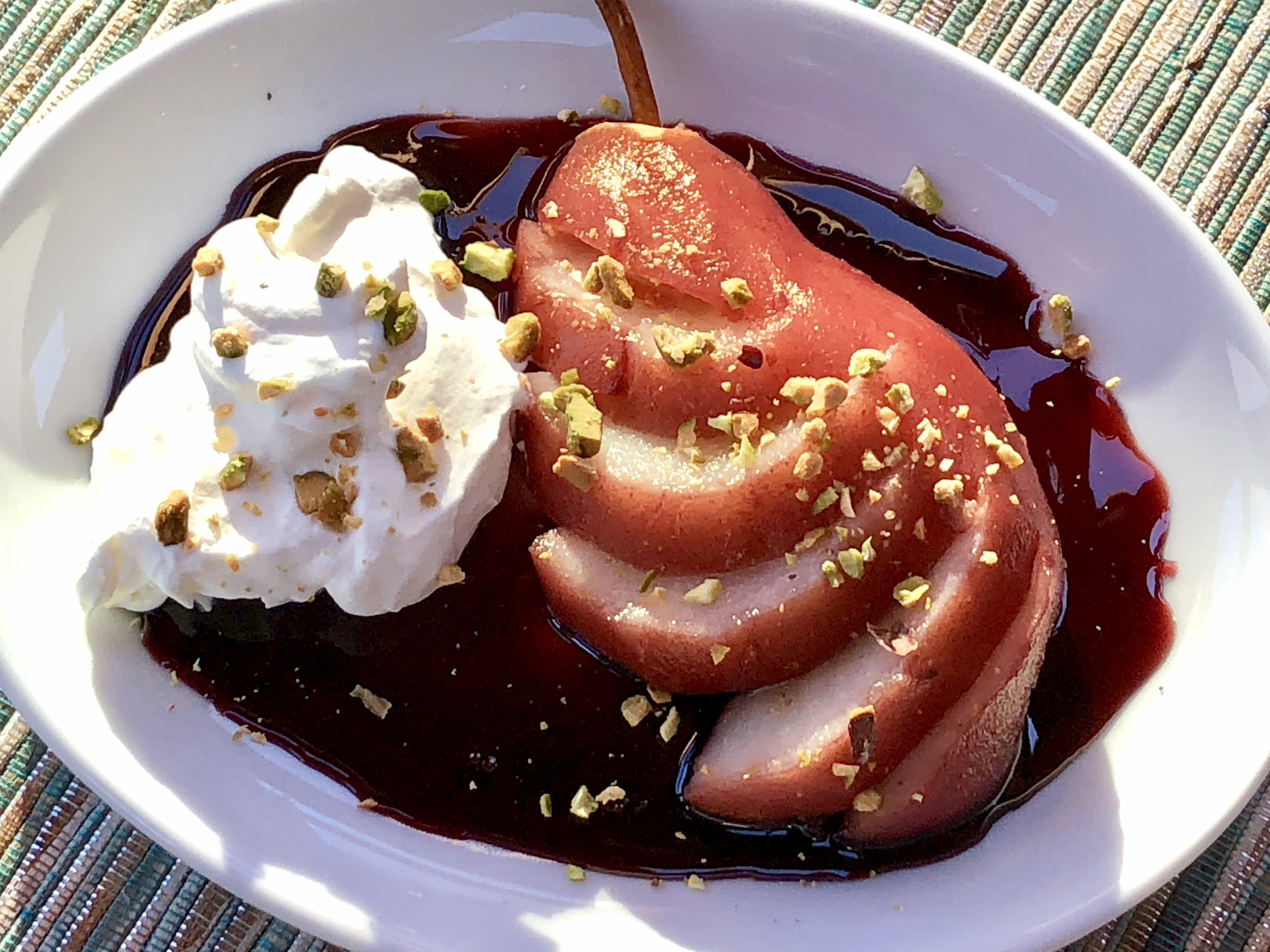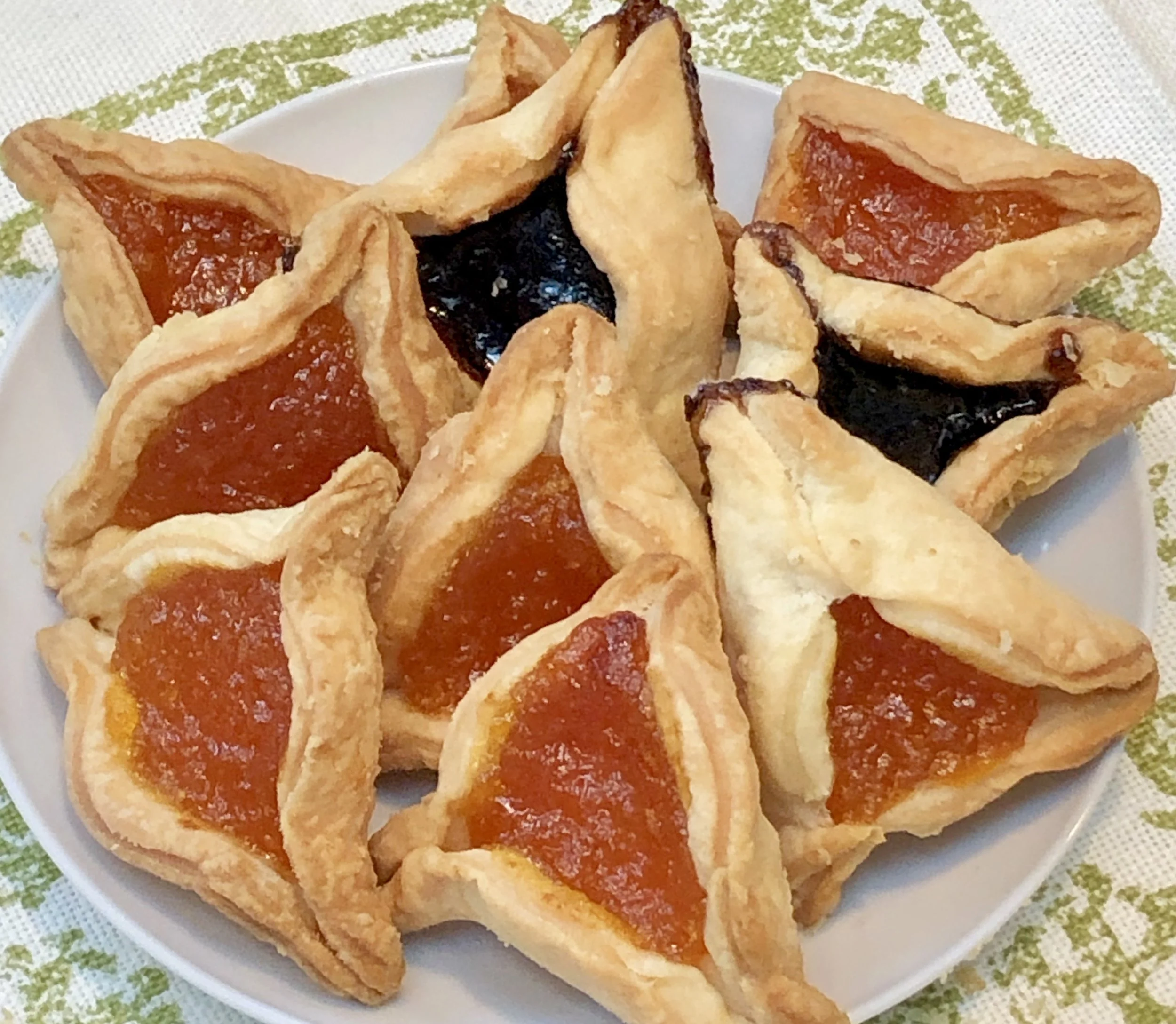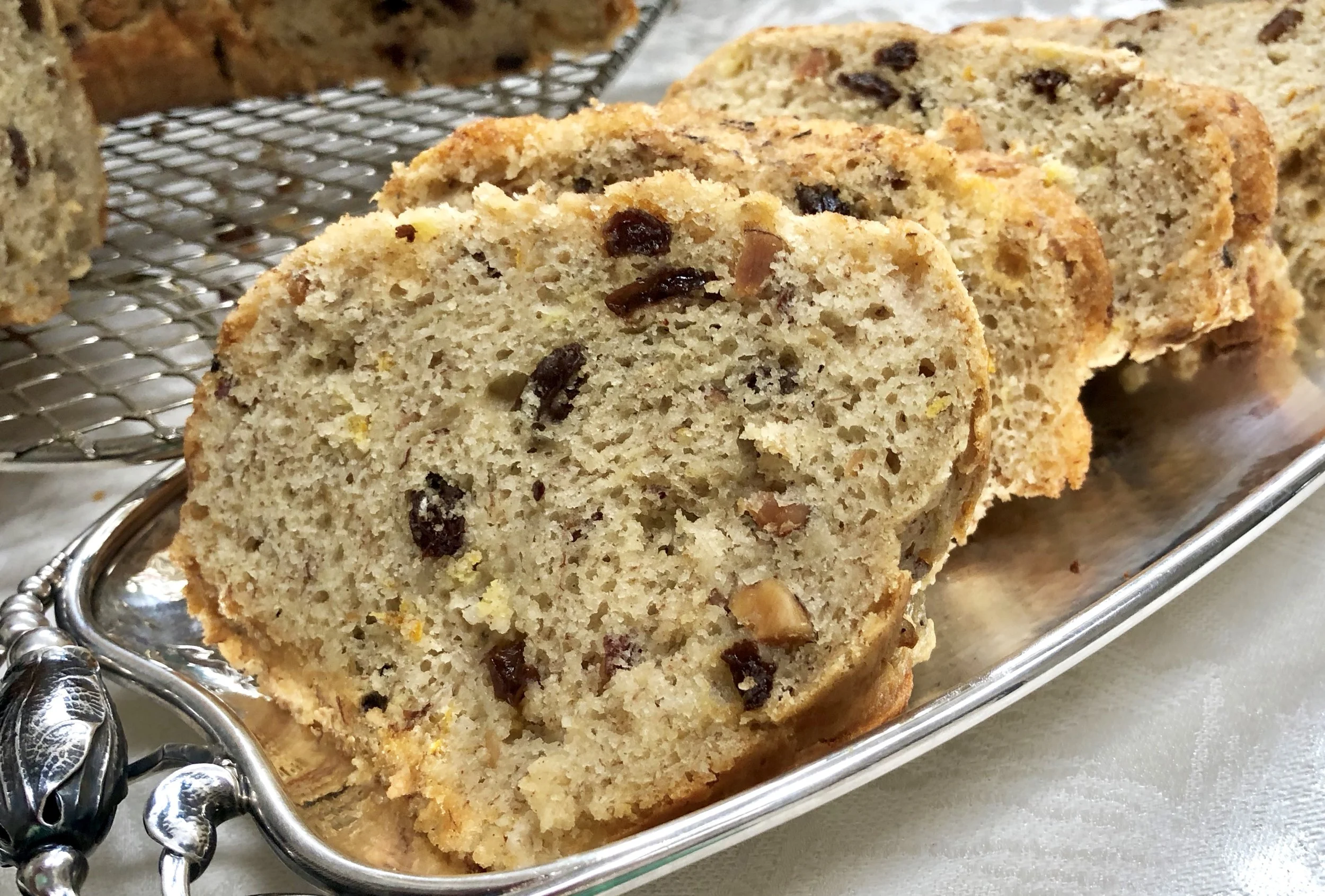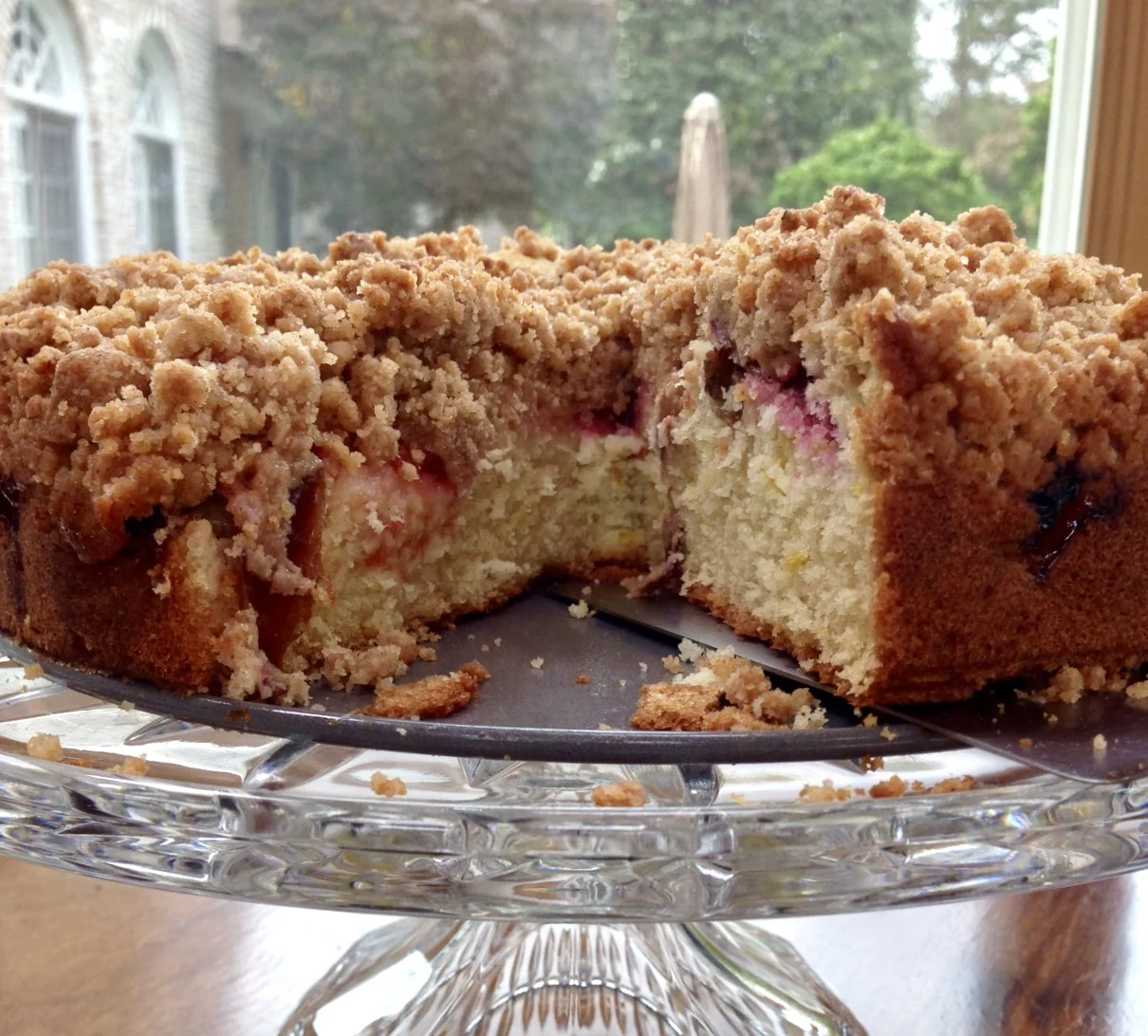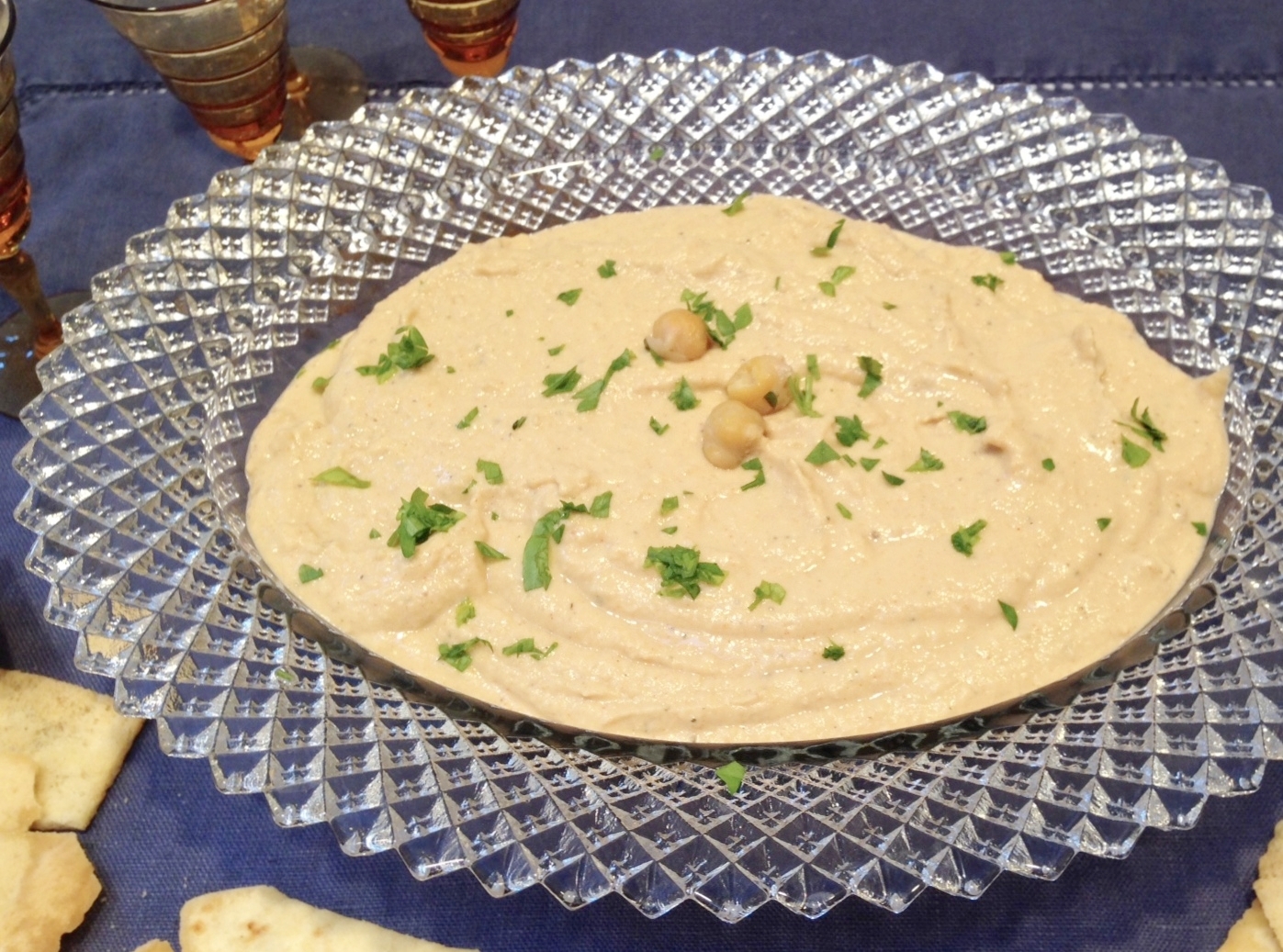I’ve made all sorts of hamantashen over the years. Cake dough. Cookie dough. Pie dough. With all sorts of fillings from old fashioned apricot, prune and poppy seed to nouveau halvah and chocolate mousse/chocolate chip.
I’ve experimented with savory goat-cheese and chili fillings and also barbecued brisket. I even created a recipe for lamb-in-phyllo hamantashen with lemon-tahini sauce. That recipe won an award in a contest sponsored by Soom Foods.
But, to be honest, I like traditional, sweet, mostly apricot or prune hamantashen the best. And this year I read about frozen-dough hamantashen in a post by Melissa Wilkenfeld whose blog, Little Kosher Lunch features kosher lunch-box meals for school kids (I also follow her on Instagram).
So I used her recipe to bake a pile of hamantashen, which were so good it hurt to give any away. But I actually always give food away to my usual “tasters” — all of whom gave high marks to these.
I don’t have enough left for Purim so I will have to make some more. Which I will, because these are awesome.
I asked Melissa for permission to post her recipe. She agreed, also telling me she got the recipe from a friend (Patti Golden).
So, ladies, thank you both for this recipe. A keeper. I’ve changed the language to conform to the way I write recipes, but otherwise, it is yours. Mazal tov.
Happy Purim.
Frozen Dough Hamantashen
8 ounces cream cheese, at room temperature
1/2 pound unsalted butter, at room temperature
1/2 teaspoon salt
2 -1/4 cups flour, sifted
milk, water or egg white for sealing
Lekvar or jam
Beat cream cheese, butter and salt in an electric mixer set at medium speed for 3-4 minutes or until smooth and thoroughly blended (or in the food processor with the plastic blade attachment). Gradually mix in the flour on low speed until the dough is a uniform color and pulls together into a ball.
Form dough into 4 balls, wrap in plastic wrap and refrigerate until firm, about 3 or 4 hours, or overnight.
Remove one ball of dough and roll out on a floured surface until thin, about 1/8 inch thick.
Cut out circles with a cookie cutter (or use the floured rim of a drinking glass or jam jar).
Place about one teaspoon of lekvar or jam in the center of each round.
Moisten the edge of the circle with milk, water or egg white.
Fold up three edges of the circle to form a triangular base, pinching at the corners to secure.
Place the filled hamantashen on an ungreased cookie sheet. Reroll scraps of dough to make more hamantashen. Repeat with all balls of dough.
Refrigerate the hamentaschen until ready to bake, at least 30 minutes after shaping.
Preheat the oven to 350 degrees.
Bake for 25-30 minutes or until delicately browned.
Cool on racks.
Makes about 4 dozen
